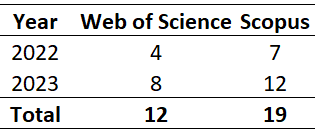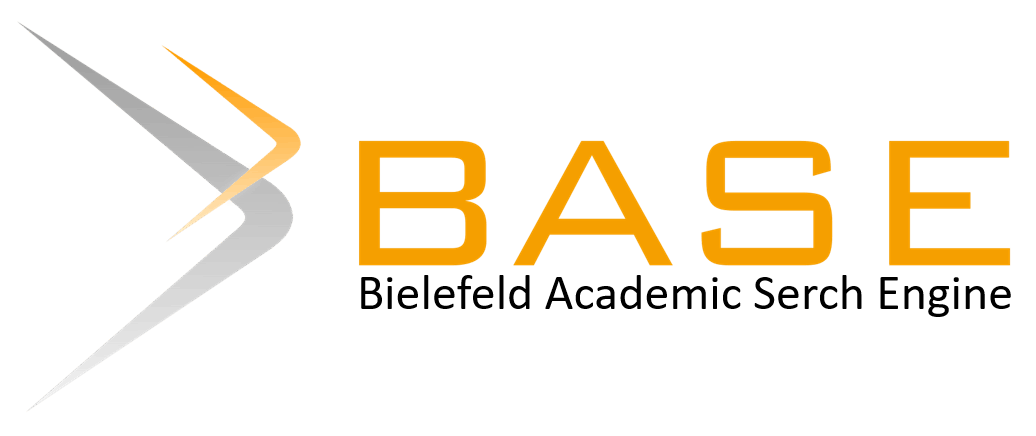Journal Description
Green Intelligent Systems and Applications
Green Intelligent Systems and Applications (e-ISSN: 2809-1116) is an international, scientific, peer-reviewed, open-access journal on theoretical and applied sciences related to all aspects of green technologies and intelligent systems published biannually online by Tecno Scientifica.
- Open Access — free for readers and authors, with no article processing charges (APC)
- High Visibility: indexed within CrossRef, Scilit, Google Scholar and many other databases.
- Rapid Publication: manuscripts are peer-reviewed and a first decision is provided to authors approximately 3 weeks after submission.
Articles
Articles
Internet of Things and Web-App-Based Data Accessibility and Management System for Chromameter Sensor Database
Green Intell. Syst. Appl. 2024, 4(1), pp 29-40; https://doi.org/10.53623/gisa.v4i1.342
63 viewsAbstract Information technology, an integral part of most industrial activities, is essential for supporting the rapid and substantial processes of the industrial sector. A key component of this technology is the Internet of Things (IoT), which is extensively integrated into these systems. At PT Sugity Creatives, an analysis revealed impractical methods in the production process, such as manual data recording and input, as well as the use of stickers on the rear side of product bumpers. These stickers can be detached from the main body (car) for verification purposes. To improve these processes, a data accessibility and management system were incorporated into a Raspberry Pi-based chromameter sensor prototype. This integrated system is designed to collect and store data in a database and uniquely identify data using QR Codes. The system takes an average of 7.97 seconds to store data and generate a QR Code per entry. This includes a module processing time of 7.25 seconds per data point and a rapid transmission rate of 0.72 seconds, covering data recording and QR Code transmission from the chromameter prototype, with data sizes ranging between 700 to 750 bytes.[...] Read more. Full text
Durian Species Classification Using Deep Learning Method
Green Intell. Syst. Appl. 2024, 4(1), pp 1-10; https://doi.org/10.53623/gisa.v4i1.352
151 viewsAbstract Durian is a popular fruit in Southeast Asia, and the market offers various species of durians. Accurate species classification is crucial for quality control, grading, and marketing. However, the complexity of this task has led to the utilization of machine learning and deep learning methods. Traditional machine learning algorithms, such as K-Nearest Neighbors, Linear Discriminant Analysis, Support Vector Machines, and Random Forests, have demonstrated good accuracy, but they require extensive feature engineering. Deep learning algorithms, particularly Convolutional Neural Networks, can automatically extract features, making them less dependent on manual feature selection. This research aims to review deep learning classification algorithms, including Convolutional Neural Networks and Recurrent Neural Networks, to determine the most suitable algorithm for an efficient and accurate durian classification system. The objective is to enhance the precision and speed of durian species classification, presenting potential advantages for both durian producers and consumers. The literature review revealed that Convolutional Neural Networks outperformed other deep learning and traditional machine learning algorithms on datasets of varying sizes, achieving the highest accuracy of 98.96% through techniques like image resizing, color conversion, and additional parameters such as days harvested and dry weight. Deep learning emerges as a promising approach for robust and accurate durian species recognition, with future directions including developing models to classify durian species from different plant parts and even real-time video analysis. However, while Convolutional Neural Networks lead the way, a critical research gap exists in identifying optimal features, necessitating further investigation to refine durian species recognition accuracy.[...] Read more. Full text
Enhancing Supply Chain Traceability through Blockchain and IoT Integration: A Comprehensive Review
Green Intell. Syst. Appl. 2024, 4(1), pp 11-28; https://doi.org/10.53623/gisa.v4i1.355
215 viewsAbstract Supply chain traceability is essential for ensuring safety, preventing counterfeit goods, and improving efficiency. The integration of blockchain technology and the Internet of Things (IoT) has emerged as a transformative approach to enhance supply chain traceability by creating a secure, transparent, and efficient way to track the movement of goods and materials. This comprehensive literature review examines how the integration of blockchain and the Internet of Things can enhance supply chain traceability, utilizing a systematic literature search to identify and analyze all relevant studies. Recent and related articles selected from the Scopus database were reviewed. Our analysis underscores the potential for blockchain and IoT integration to provide end-to-end visibility, secure data sharing, and real-time monitoring across the supply chain ecosystem. It also identifies Machine Learning (ML) as another key component that enhances the security challenges of the Internet of Things while simultaneously serving as an analytical tool in Supply Chain Management (SCM). The review concludes that the integration of blockchain, the Internet of Things, and ML has the potential to transform supply chain traceability. By providing a secure, transparent, and efficient way to track the movement of goods and materials, businesses can improve their operations and offer better products and services to their customers. However, these findings do not impact the results of this research work. Additional research and a more extensive examination of the literature could offer a more comprehensive insight into the subject matter.[...] Read more. Full text











